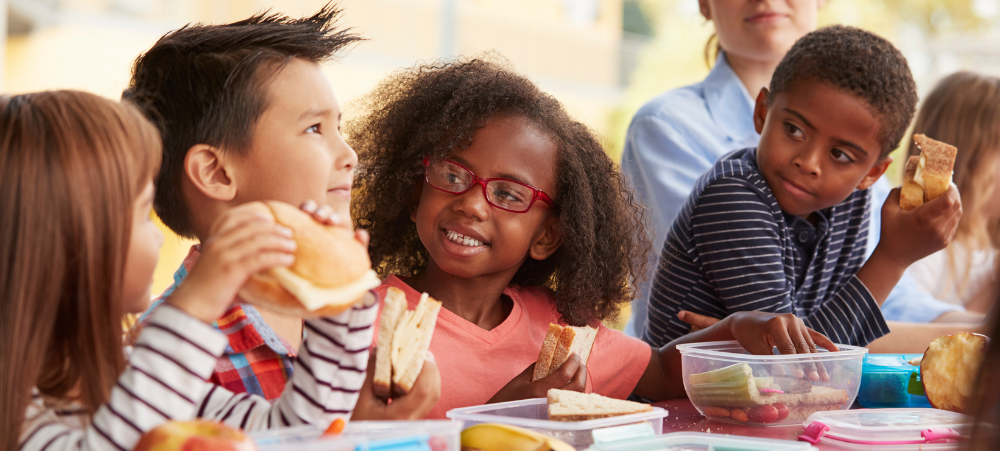
Baby Essentials 2023
You’ve just received the most amazing news! You’re pregnant! So exciting! But now the fun begins – advice from everyone on what’s the best thing for you to do around your health, baby’s health, preparing for the birth – the list just goes on and on. With so much to choose from, how do you know what the absolute essentials are that you should be researching and buying? Baby and I Melrose, as a local Premier Baby Boutique, offer an exceptional range of essential baby products, clothing, and accessories, making it easy for you to purchase the essentials for your little one online. And here’s what we suggest: Camping CotsCamping or Travel cots, are safe for baby to sleep in. They can also be easily moved around to suit your need. However, they aren’t recommended for long-term use, but rather short- stints. Camping cots can be used for babies until around age 2. Muslin Blankets Muslin blankets are highly recommended for several reasons. Muslin is a finely woven, breathable fabric that has been available since the Middle Ages. Because of the delicate and durable weave, the material is a bit stretchy which makes it absolutely perfect for swaddling. Muslin lends itself to being tucked snugly around your baby without being too restrictive. Muslin is also soft and cozy and is perfect for keeping a baby warm but not too hot. Whilst this material breathes it also insulates, so your baby will never get too hot or too cold with a Muslin blanket, staying at the perfect temperature throughout the night. Baby Monitors Baby monitors are simply a must-have! They are vital to sleep-training as well as offering parents’ absolute peace of mind, knowing that you can hear and see baby no matter which room you are in. One of the most stressful concerns of any parent is SIDS (sudden infant death syndrome) and having a baby monitor ensures that these kinds of incidents can be avoided. There is no recommended age as to when to stop using a baby monitor – some recommendations are between age 3 and 5. Multi-Purpose Seat Covers For parents who are on the go, from going to the beach, to family outings, to road trips and adventures, Baby Snoods from Baby and I Melrose, cover mum so that she can confidently breastfeed outside of the home. They protect baby from mozzie bites, the crazy Cape Town winds and from exposure to the sun. They are great to use over a car seat because they are safe and snug and much easier than hanging a blanket over baby’s seat when it is windy. This cute design also prevents baby from getting cold when you’re on the go. Keep baby clean and germ free in the trolley when getting your groceries. Wet Wipes Dispenser Baby wipes are an absolute essential to nappy-changing time – perhaps just as important as baby’s nappy! Wet Wipe Dispensers keep them organized whilst keeping them wet and handy. Having your wet wipes in a dispenser, means that you can have a few, placed in strategic areas, making them so much more easily accessible. The benefits of a wet wipes dispenser are: Wipes are kept fresh and moist Because they’re compact and convenient, they fit easily inside a nappy bag. Bath-Tubs Safety around bath time is always going to be a priority. To ensure that a baby’s bath time is easy, stress-free and a happy experience, a baby bath-tub is essential. When choosing a bath-tub look for one that has a slip-resistant backing to keep baby from moving. How long should a baby stay in a bath-tub? Five to ten minutes is long enough. This is particularly important because of baby’s sensitive skin which can easily become dry. Baby Bath Lilo Baby bath lilos from Baby and I Melrose, are buoyant padded cushions that shape around your baby’s body to create a comfortable and safe space for your little one to float above the water – whilst still being submerged enough to enjoy the warm bath water. Baby bath lilos are suitable to use from birth for babies between 2.5kg and 7.5kg and are available in a variety of prints and colours. Baby bath lilos make it easy for bath time wherever you are – simply pack your lilo and use it in any bath. After bath time, they can easily be hung up to drip dry. Baby Night Light Night lights are great for baby’s room. They provide a soft soothing atmosphere and also help mom to see during late-night feeds or nappy-changes without disturbing baby too much. Night lights create a more ambient environment for your baby and can help your baby sleep better. It is a good idea to introduce baby to dim lights from day one. Once you’re confident that your baby is sleeping through the night, you may decide that it is no longer necessary. Baby Carriers You can start using a baby carrier right away and there are several baby carrier options suited for all ages, from newborn to toddler. Baby and I Melrose have a selection of baby carriers from sturdy seat carriers to lightweight tie baby carriers or slings. A baby sling is typically a one-shouldered baby carrier made of soft fabric and is a safe way to carry baby keeping them close to your chest. The average baby carrier should last until baby is around 2 years of age but that depends on your baby. Around this time, you would want to consider upgrading to a large toddler carrier that will accommodate your little one up to 4 years old. Baby Bottle Starter Kit Taking care of your tiny little human is very time-consuming and you don’t want to find yourself having to continuously wash bottles. We suggest that you have at least 8 to 12 bottles on hand. 340ml Size bottles are perfect for starting out. When baby is bigger, you can switch to a more appropriate size bottle to accommodate baby’s appetite.


































